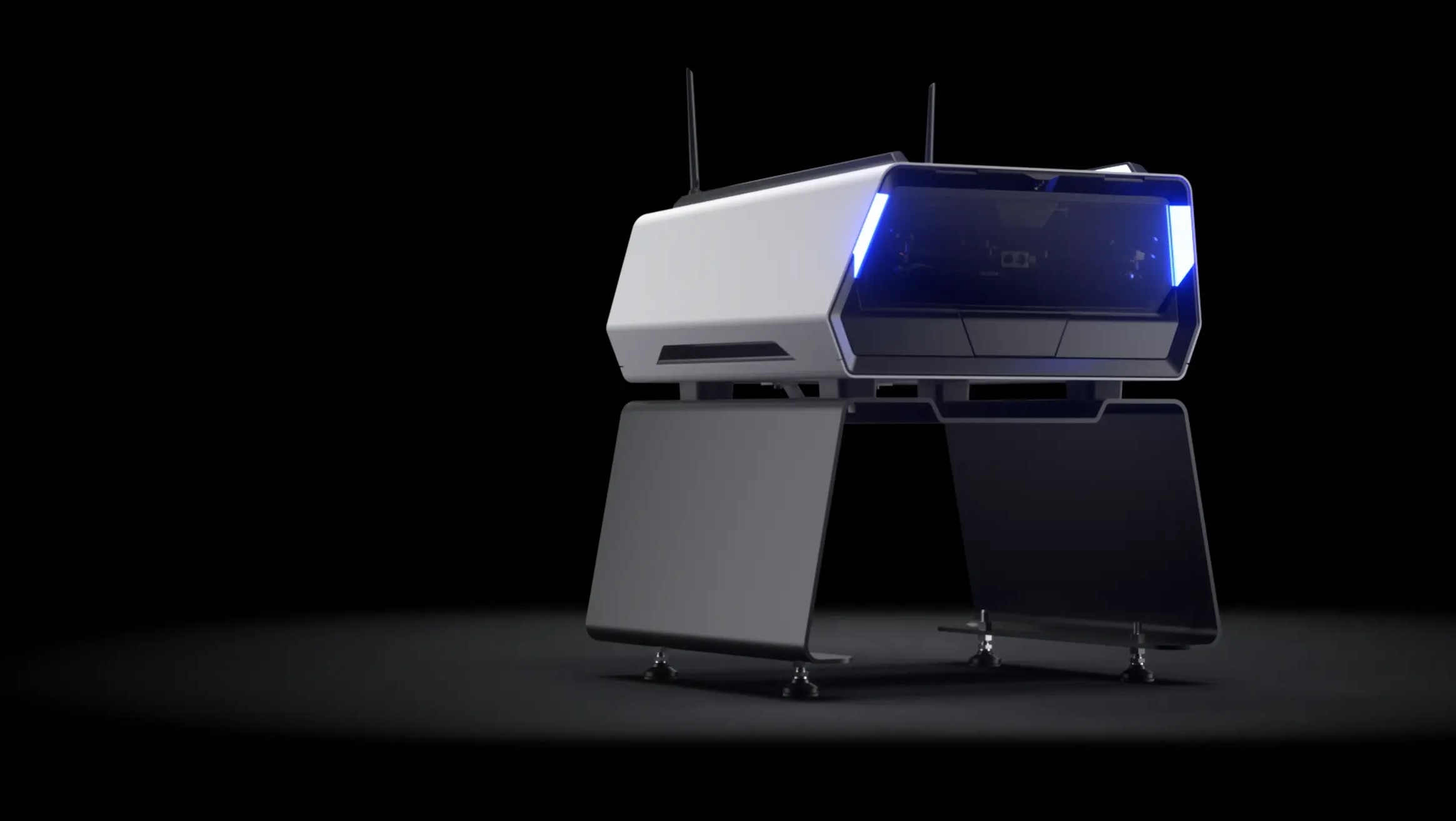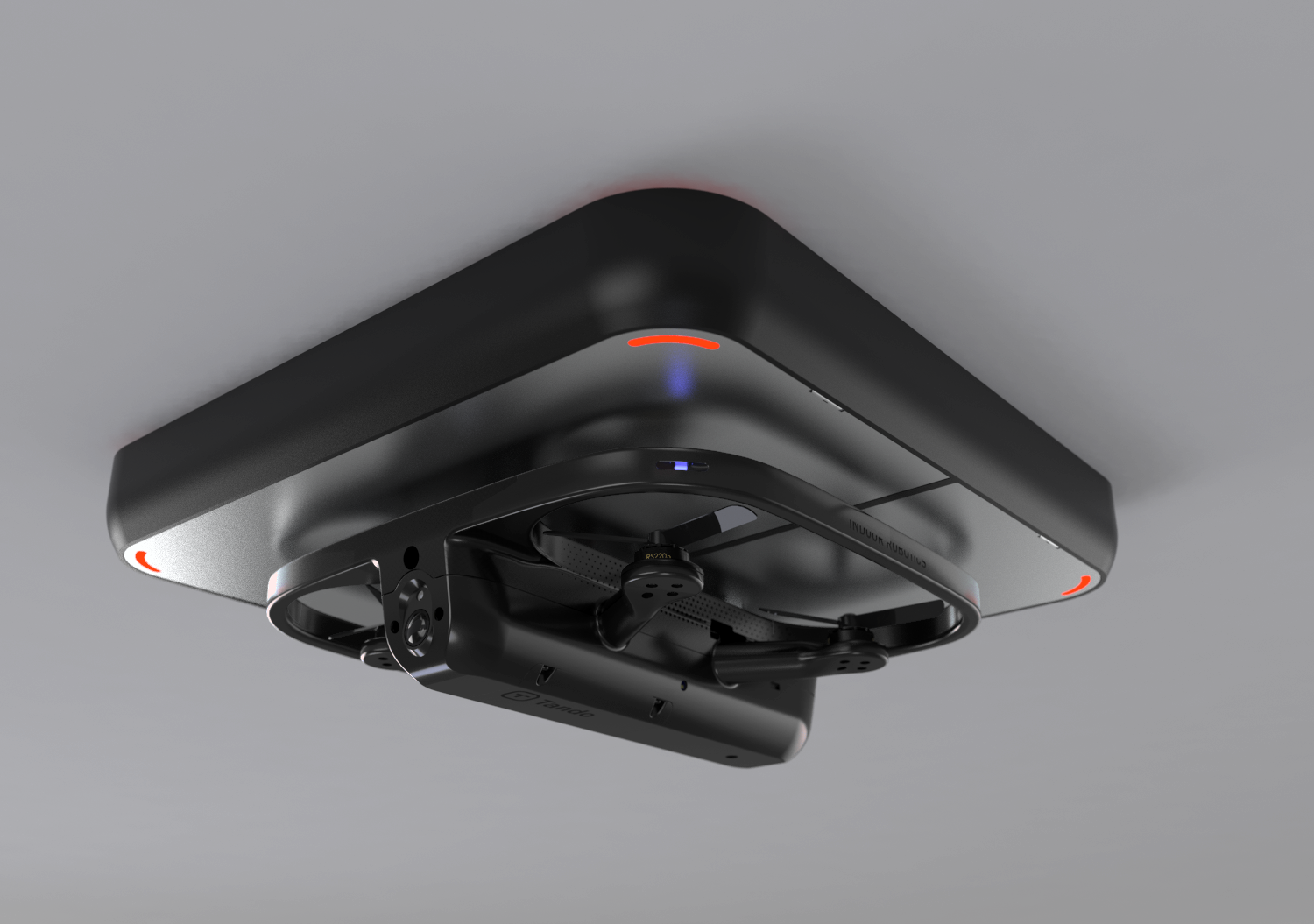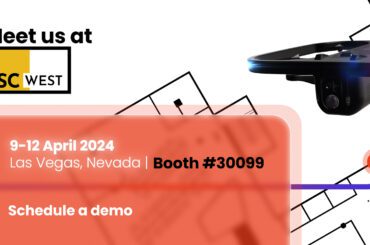By Ellie Gabel
Many industries utilize drones to improve operations, increase efficiency and keep employees out of dangerous environments. These unmanned aerial vehicles (UAVs) have improved so much over the years that they have become invaluable.
As drone technology has advanced, autonomous indoor drone systems are now a reality. This post will delve into the intricacies of these drones and their sophisticated docking stations. Why are these docking stations indispensable and how do they differ from each other?
The Main Issue Plaguing All Drones
Drone technology, undeniably remarkable, encounters a significant hurdle in the form of conventional charging procedures. Many drone models necessitate the use of a USB cable or a faster charging hub, which invariably demands human intervention. Such a requirement for manual charging undermines the very principle of ‘autonomy’, creating a dependency on human involvement.
This is where the introduction of drone docking stations becomes a game-changer. These cutting-edge solutions are designed to eliminate the need for manual charging, thereby facilitating truly autonomous drone operations. Such advancements are indispensable for augmenting the efficiency and effectiveness of security measures.
Furthermore, it’s important to acknowledge that the charging duration for a UAV can range from a brisk 20 minutes to a prolonged hour and a half, depending on the specific drone model. Even with their capacity to traverse vast distances rapidly, some modern UAVs cannot escape the necessity for prolonged charging times.
What Are Autonomous Drone Docking Stations?
A drone docking station is essentially anything that functions as a landing pad, provides a safe haven and has charging capabilities. They work perfectly for autonomous drones as they do not require the intervention of an operator for the drone to land, takeoff and charge.
In the past, these docking stations were only used for charging the UAV. However, as drone technology has evolved, they obtained other features, such as providing the owner with data or functioning as a security camera — indoor ceiling-mounted docking systems.
These docking stations can either charge the drone through induction or switch out the batteries. The best docking systems come equipped with features such as fast charging, where some can even charge an autonomous UAV within 20 minutes. These stations are utilized for different reasons — surveillance, mapping, package delivery and inspection.
Two main types of drone docking stations are available: indoor and outdoor. Both systems have their own benefits and disadvantages.
Outdoor Docking Stations
Outdoor stations are very durable to protect the drone from extreme weather conditions. To install this charging station, they are either bolted against the ground or another object. In addition to being able to withstand intense weather conditions, this also keeps the drone safe from theft.
This makes them perfect for public outdoor places. The autonomous drone can do its daily missions, and when the task is finished, it can fly back to the station to charge. All of this is done without the need for human intervention.
While these outdoor drone charging stations are installed in public places, they are more often used for locations where humans don’t venture out to — such as remote industrial areas. For example, a drone can be utilized to inspect the infrastructure of train tracks. This removes the factor where a human needs to go out and perform the inspection, which can oftentimes be dangerous.


A Game Changer For Indoor Drone Docking Stations
On the other hand, indoor stations are used at various locations for different purposes. They can be installed in a business office or a larger building like a mall. The autonomous drone can perform security inspections and fly back to the docking station whenever it needs to recharge.
Typically these indoor stations were installed the same way as outdoor ones — bolted to the ground. However, with recent drone technology advancements, they can also be mounted against the wall or the ceiling. This provides significant benefits over a station that is installed on the floor.
Ceiling-mounted systems changed the game for drone charging stations. One massive disadvantage of ground indoor systems is they can take up a lot of space. In a business setting, there are many other objects that take up floor space, and people also use that space to conduct work.
This can make it challenging to find an area to install a ground docking system. With ceiling-mounted charging stations, this aspect is entirely removed. In most cases, a ceiling is mainly empty, which makes it the perfect place to charge a drone.
Multiple ceiling systems can also be installed allowing the autonomous drone to charge itself in various places of the building. This means it can cover more ground by traveling from one charging station to another. Another benefit this system has over its competitors is that it can play an important role when it’s charging. With regular docking stations, when the drone is charging, it is essentially out of use.
With ceiling-mounted systems, this is not the case. When the drone is in the station, it can also function as a security camera, keeping the building safe from intruders. Some of these ceiling stations have been specifically designed to prioritize the safety and security of both drones and people. One of the key features that these stations offer is a robust magnetic docking system equipped with powerful magnets that securely hold the drone in place. These magnets have been meticulously calibrated to withstand significant turbulence, including that caused by an earthquake, ensuring the drone remains firmly docked and minimizing the risk of dislodgement or falling.


Changing The Autonomous Drone Industry
In order to be as unobtrusive as possible, charging stations need to be placed in areas that don’t disturb day-to-day activities of the people that live and work around them. While this can be easy to accomplish in outdoor environments, indoor docking stations require more innovative placement methods. Ceiling-mounted docking stations accomplish this not only by keeping drones out of the way, but also by creating a multipurpose piece of equipment that combines form and function.
Learn more about monitoring indoor environments using autonomous drones: Click here






